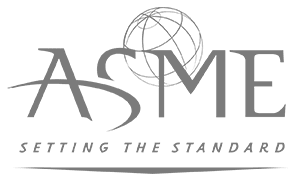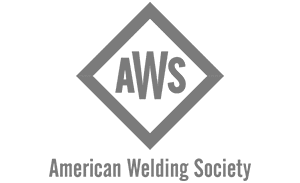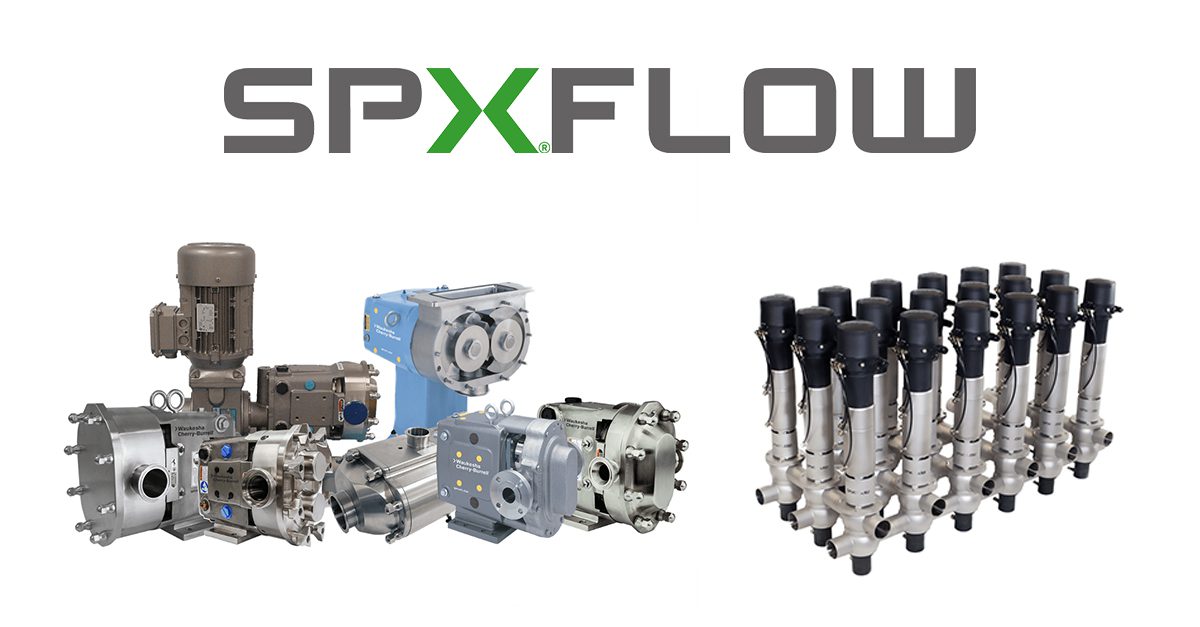ASME BPE – More Than Just a Standard for Fittings
Many people have heard the term ‘ASME BPE’ when buying fittings and tubing for the Biotech and Pharmaceutical industry. If you haven’t heard of ASME BPE, or are unfamiliar with this standard, then I’d like to refer you to one of our past blogs where we give a general overview of ASME BPE, what they do, and why it is so important to our industry.
The ASME BPE Standard is probably most known for having specifications on dimensions and surface finish for fittings and tubing. We’ve highlighted some of the key differences between ASME BPE tubing and standard sanitary tubing before, which you can read about here.
Today, however, we are going to give a general overview of just what kind of equipment and design standards the ASME BPE standard covers.
The current ASME BPE Standard was published in 2016 and has an extensive chapter on Systems Design (Chapter 2, Part SD). The purpose of this subcommittee is to establish design guidelines applicable to bioprocessing equipment, components, assemblies, and systems. This chapter contains information regarding, but not limited to, the items and topics listed below.
- Steam-In-Place (SIP). ASME BPE states that ‘equipment parts and components that are subjected to SIP should be designed and constructed to withstand continuous exposure to saturated steam at a minimum temperature of 266 F for a duration of at least 100 hr under continuous steady-state conditions’.
- Drainability. The systems ability to facilitate drainage, mainly achieved by gravity.
- Connections, Fittings, and Piping. These are the common process components of hygienic piping systems which you are likely to be most familiar with. Dead legs are discussed within this topic.
- Hose Assemblies. Design and installation guidelines for hygienic hose assemblies (both their flexible element and the end connections).
- Pumps. System application such as the cleanability, drainability, and installation of diaphragm pumps, centrifugal pumps, positive displacement pumps, and rotary lobe pumps.
- Vessels. This section defines the requirements that are to be met in the design, fabrication, and supply of both pressurized and unpressurized biopharmaceutical vessels.
- Agitators and Mixers. Design, cleanability, material construction, etc. of process contact surfaces of these equipment as well as their sub-components such as shafts and keyways, impellers, bearings, and mechanical seals.
- Heat Exchangers. These include plate-and-frame heat exchangers and shell & tube heat exchangers. Design for cleaning/steaming and fabrication techniques are discussed by the ASME BPE standard.
- Transfer Panels. As defined by ASME BPE, a transfer panel is ‘a panel to which process and/or utilities are piped that mechanically precludes erroneous cross connections’.
- Filters. Housing design of filters and the testing and validation of the cartridge according to ASME BPE Code 7.
- Steam Sterilizers/Autoclaves. This section defines the design and cleaning requirements of autoclaves that are used in bioprocessing.
Chapter 3 covers the materials that are considered applicable for use in hygienic service, both for Metallic Materials (Part MM) and Polymers and other nonmetallic materials (Part PM).
Chapter 4 outlines Process Components. The Dimensions and Tolerances section (Part DT) provides the guidelines for automatic weld ends for 316L-type alloys and sanitary clamp gaskets. Instruments for level, pressure, and temperature are addressed in the Process Instrumentation section (Part PI) of the Standard. Conductivity sensors, flowmeters and sight glass information can also be found under the Process Instrumentation section. Sealing Components (Part SG) provides the design and performance requirements for sealing components such as mechanical seals, O-rings, and diaphragms for valves.
Chapter 5 highlights Fabrication, Assembly, and Erection. Here you can find the requirements for Materials Joining (Part MJ). The Materials Joining section has color charts and vast information on welding/joining of materials, for both metallic and polymeric materials. Process contact surface finish requirements are covered in Part SF.
Chapter 6 establishes the requirements for obtaining a Certificate of Authorization and the ASME Certification Mark.
The Mandatory Appendix provides guidance to ASME BPE Standard users who wish to submit requests for revisions/additions to the BPE Standard, requests for Code Cases, and requests for interpretation of the BPE Standard.
Finally, the Non-Mandatory Appendix contains helpful information on Rouge and Passivation procedures. It contains information on Ferrite, Corrosion Testing and Electropolishing. This section also contains examples of incoming inspection material examination data sheets used by Quality Control and Mechanical Contracting personnel.
Holland Applied Technologies personnel work with ASME BPE equipment each day. In fact, our own Troy Hobick sits on many of the BPE subcommittees. For any questions regarding ASME BPE equipment please contact us at 800-800-8464 or our website www.hollandapt.com. Or, if you’d like to read the ASME BPE Standard for yourself, it can be found at asme.org or you can call 1.800.THE.ASME.








